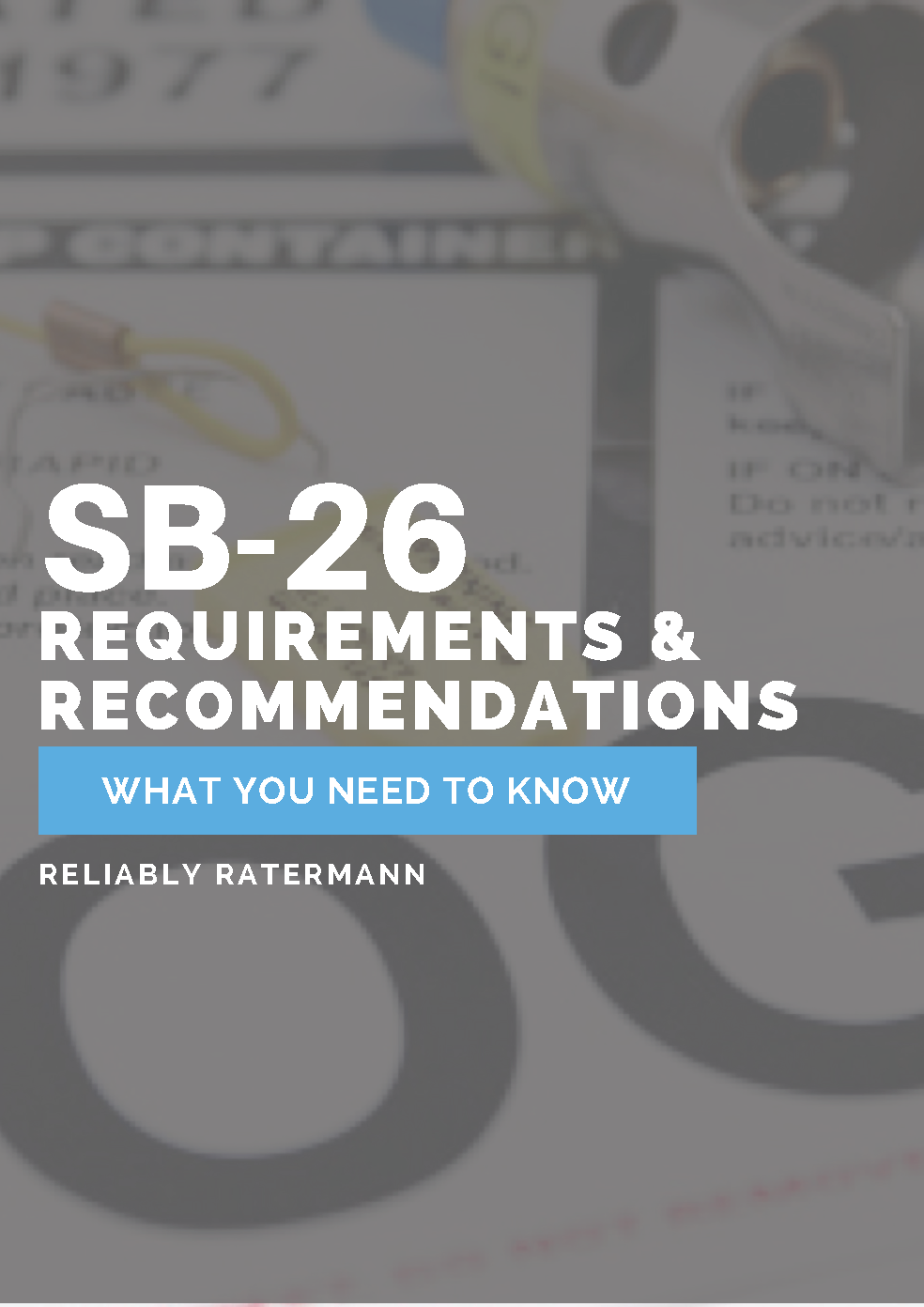Ratermann Learning Center
A hub providing relevant information and updates on industrial gas, cryogenics, and CGA regulations, as well as industry specific solutions for fill plants, beverage distribution and medical gas supplies.

By:
Lance Looper
May 24th, 2025
Product loss is a number one concern in cryogenics, and is easily preventable with the right hose. While traditional cryogenic hoses do have some insulation (typically foam or polymer insulation), heat leak is still a problem.

By:
Lance Looper
February 12th, 2025
A lot can go wrong, and fast, when a cryogenic system has a problem. Whether it’s abnormally cold temperatures, abnormally high draw rates, or any disruption or failure with equipment downstream, the situation becomes dangerous for personnel and equipment. Recognizing the need for a failsafe safety device, Generant developed the LTAP.

Refresh your understanding of the critical preventive measures that have been shown to save lives by subscribing to our blog for a free download of our guide: Ratermann's guide to SB-26 & our reccomendations to prevent gas mix-ups.

cryogenic equipment | vaporizers
By:
Lance Looper
January 9th, 2025
When it comes to selecting a vaporizer, there are a couple of options to choose from: ambient or electric. Here’s a quick breakdown of each vaporizer type and how they work.

industrial gas | cryogenic equipment | Arctic Fox
By:
Craig Pagano
November 13th, 2024
There are a lot of sizing options when it comes to micro bulk tanks, so how do you know what you need? And how important is correct sizing anyway?

cryogenic equipment | Arctic Fox
By:
Greg Richardson
August 30th, 2024
Ratermann has built a strong reputation of being the reliable solutions provider for a wide range of cryogenic and compressed gas applications, and a lot of those solutions are driven directly by input from our customers.

Cryogenic Corner | cryogenic equipment | vaporizers
By:
Lance Looper
August 14th, 2024
Flow rate and pressure are constant concerns with cryogenics. When the demand for gas outpaces the output of the liquid cylinder, both pressure and flow rates will drop accordingly. This is when a vaporizer can save the day.